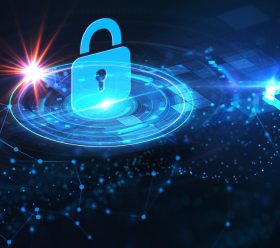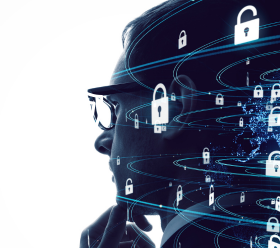The Dangers of Ransomware: Impacts and Effective Prevention Strategies
The cybersecurity crisis caused by the LockBit 3.0 ransomware attack on the National Data Center (PDN), which has disrupted various public services since Thursday (6/20/2024), cannot be ignored. The Indonesian government must take proper action in this crisis to restore the PDN.
Over the past two weeks, public services in more than 200 government agencies have been disrupted and are in the process of being restored after the PDN was attacked by LockBit 3.0 ransomware. Additionally, the hackers demanded a ransom of 8 million USD or approximately 131.6 billion IDR.
This attack is a prime example of the threat posed by ransomware, a type of malware designed to encrypt data on victims’ devices, making it inaccessible until a ransom is paid to the cybercriminals. After encrypting the files, the ransomware displays a message demanding payment in cryptocurrency such as Bitcoin, which is difficult to trace. Ransomware can spread through various means, including malicious email attachments, infected websites, or unsecured networks.
The Dangers of Ransomware
The main danger of ransomware lies in its ability to disrupt business and personal operations. Here are some of the impacts caused by ransomware attacks:
- Data Loss: Data encrypted by ransomware often cannot be recovered without the decryption key held by the criminals.
- Financial Loss: In addition to the ransom, companies face recovery costs, regulatory fines, and lost revenue due to operational disruptions.
- Reputation Damage: Ransomware attacks can tarnish a company’s reputation, reduce customer trust, and result in lost business opportunities.
- Operational Disruption: Ransomware can completely halt business operations, causing significant delays and inconvenience for customers.
Real Ransomware Cases
The financial industry is often a primary target for ransomware attacks due to the value of stored data and the importance of uninterrupted operations. Here are some real-world examples of ransomware attacks in this sector:
- Travelex (2020): This global currency exchange service company was attacked by the Sodinokibi (REvil) ransomware, causing their online services to shut down for several weeks. The company reportedly paid a ransom of $2.3 million to restore their systems.
- CWT Global (2020): This corporate travel management company fell victim to a Ragnar Locker ransomware attack, with the attackers demanding a $10 million ransom. CWT eventually paid about $4.5 million to regain access to their data.
How to Prevent Ransomware?
Preventing ransomware attacks requires a layered approach that includes technology, employee training, and strict security policies. Here are some steps that can be taken:
- Regular Data Backups: Ensure that backup copies of data are stored offline or in a secure location. This allows data recovery without having to pay the ransom.
- System Updates and Patches: Keep operating systems, software, and applications up to date with the latest security patches to reduce vulnerabilities that ransomware can exploit.
- Security Awareness Training: Train employees to recognize and avoid phishing emails and malicious websites commonly used to spread ransomware.
- Use Security Software: Install reliable antivirus and anti-malware software and ensure they are always updated to detect and stop ransomware threats.
Conclusion
The LockBit 3.0 ransomware attack on the National Data Center has disrupted public services in over 200 government agencies and underscores the serious threat of ransomware. To prevent future attacks, layered security measures such as data backups, system updates, employee training, and the use of security software must be consistently implemented. Governments and companies must take proactive steps to protect data and ensure continued operations.
IFCG is committed to supporting companies in facing cybersecurity challenges by designing robust cybersecurity strategies, ensuring effective protection of digital assets, and strengthening trust in an increasingly connected era. Contact Us to discuss with our expert team!



